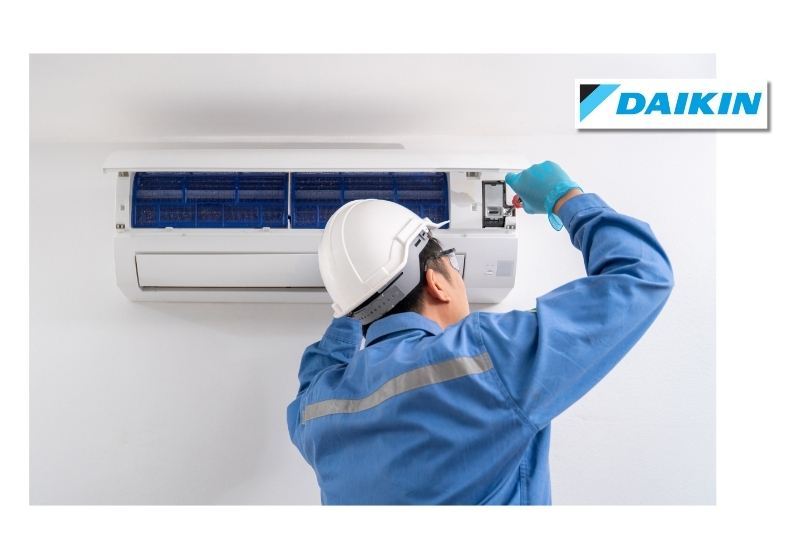Different heating options

In line with the severity of our Quebec winters, various heating options are offered by HVAC contractors. Each has distinctive characteristics and could represent an ideal solution depending on the needs.
Heating options include, for example, central heating systems, electric radiators, heated floors, and pellet stoves. Each has its advantages, and some may involve the presence of a heat pump.
Central Heating and Electric Radiators
A central heating system in a home typically involves the presence of a furnace (powered by electricity, gas, or oil), ducts, and air vents (forced air) in each room. A heat pump can also serve as a thermal source. Recently, central systems with heat storage have emerged; they have lower operating costs. A thermal mass (high-density ceramic bricks) acts as a collector. The system is programmed: the accumulated heat is distributed by a fan during peak periods.
Radiators today come in various forms and are efficient. Convectors, panels, inertia radiators…; even traditional electric baseboards are good heating solutions (especially high-end products). Radiators provide heating tailored to each zone; they are affordable ($), easy to install, and can quickly raise the temperature of a room.
















